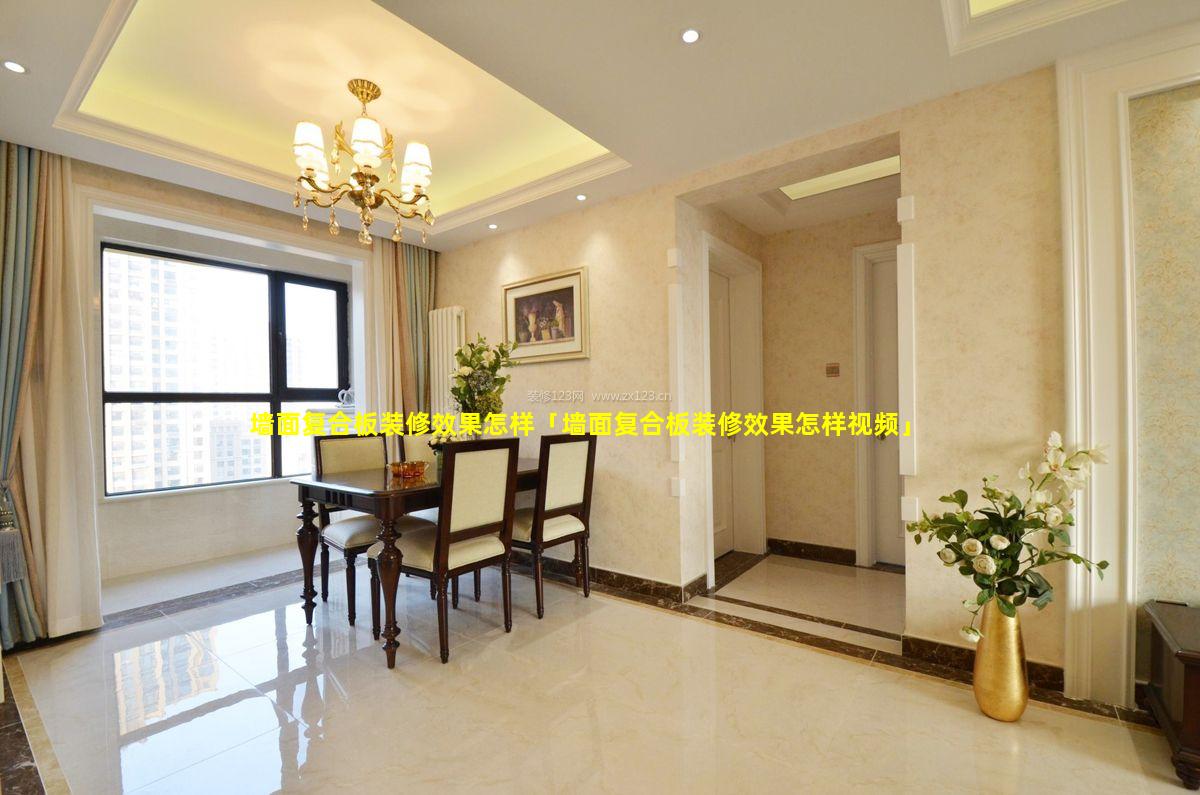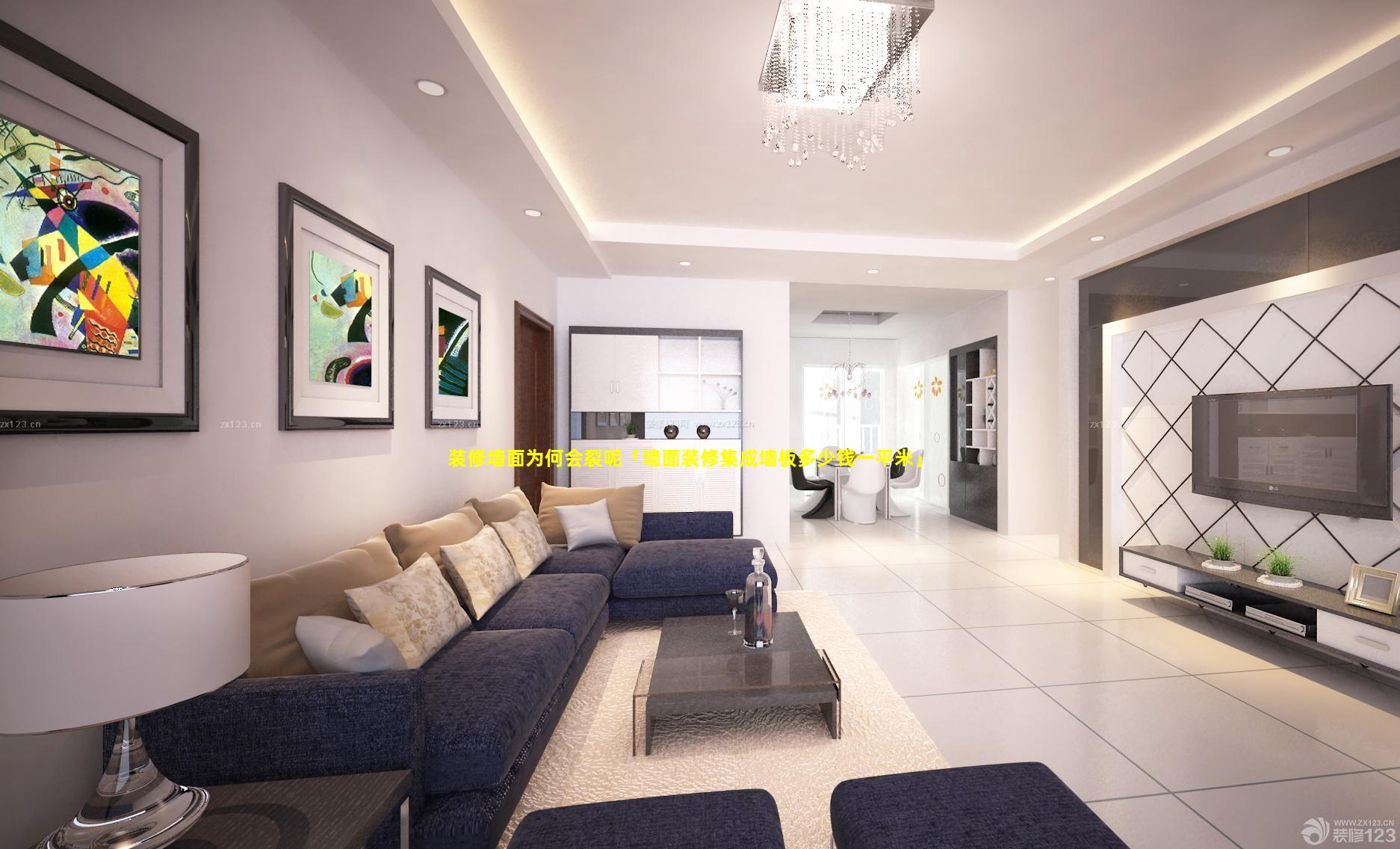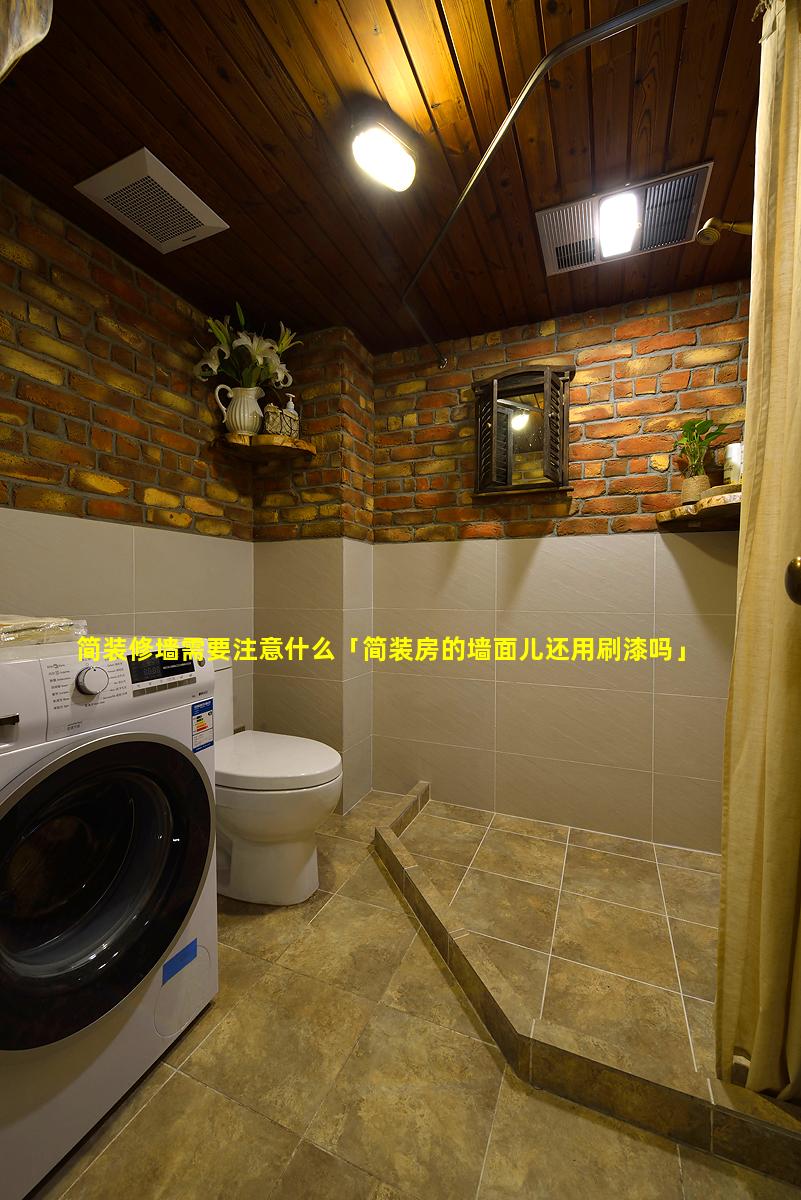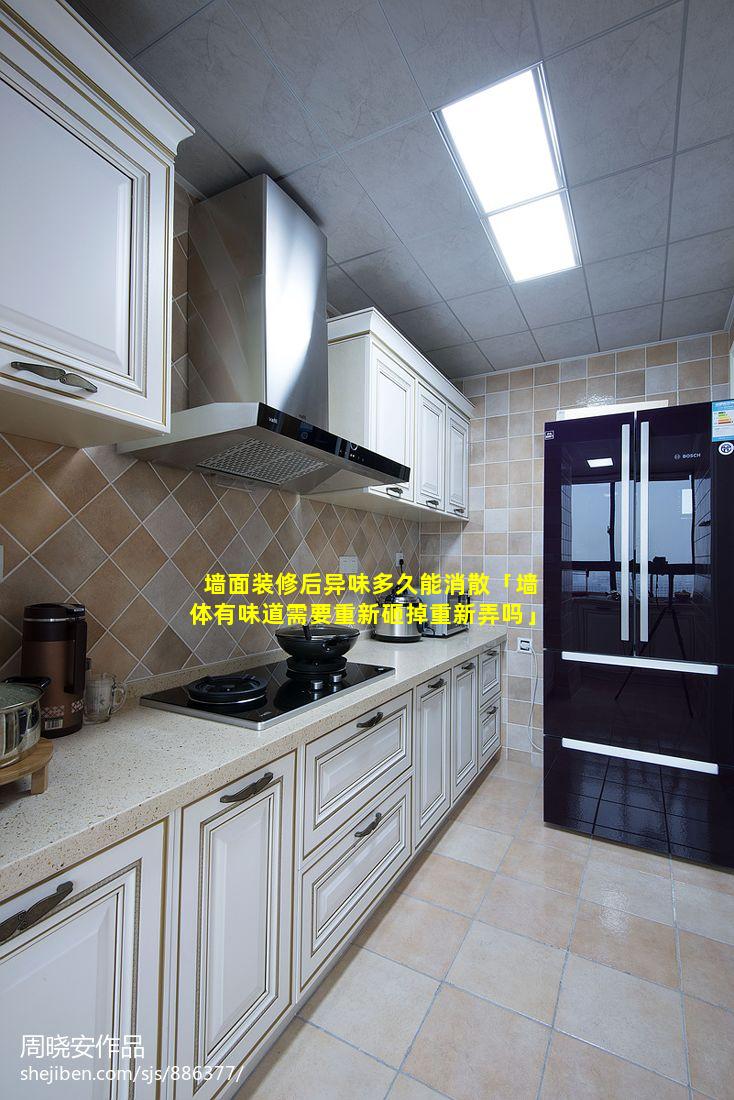1、塑板墙面装修
塑板墙面装修
简介
塑板是现代装修中广泛使用的墙面材料。它由聚氯乙烯 (PVC) 塑料制成,具有耐用、防水、易于清洁和安装等优点。
类型
市面上有各种类型的塑板,包括:
PVC 塑板:最常见的类型,具有质地轻盈、耐用和防火等特点。
复合塑板:由 PVC 和其他材料制成,例如玻璃纤维或木材纤维,具有更高的强度和耐用性。
仿木塑板:具有木材外观和质感的塑板,提供自然和温暖的美感。
仿大理石塑板:具有大理石外观和质感的塑板,提供奢华和优雅的感觉。
优点
塑板墙面装修具有以下优点:
耐用:PVC 塑板不易损坏或划伤,经久耐用。
防水:塑板防水,非常适合浴室、厨房和地下室等潮湿区域。
易于清洁:塑板可以用肥皂和水轻松清洁,无需繁琐的维护。
易于安装:塑板可以快速轻松地安装在墙壁上,无需特殊工具或专业知识。
经济实惠:塑板通常比其他墙面材料便宜,是一种经济实惠的装修选择。
缺点
塑板墙面装修也有一些缺点,包括:
美观受限:塑板通常具有较简单或人造的外观,可能无法与某些装饰风格相匹配。
热膨胀和收缩:塑板受热会膨胀,受冷会收缩,如果安装不当,会导致变形或开裂。
防火性较差:虽然塑板是防火的,但与木材或石膏板等材料相比,耐火性较差。
安装
塑板墙面装修通常涉及以下步骤:
1. 准备墙壁,确保其平整干净。
2. 安装底座或木龙骨,以支撑塑板。
3. 使用塑料钉或胶水将塑板固定到支撑结构上。
4. 密封接缝和边缘,以防止水分渗入。
5. 安装踢脚线或装饰线条,以完成安装。
应用
塑板广泛应用于各种室内空间,包括:
浴室和厨房
地下室和洗衣房
商业空间和办公室
天花板和阁楼
2、集成板墙面装修的缺点是什么
集成板墙面装修的缺点包括:
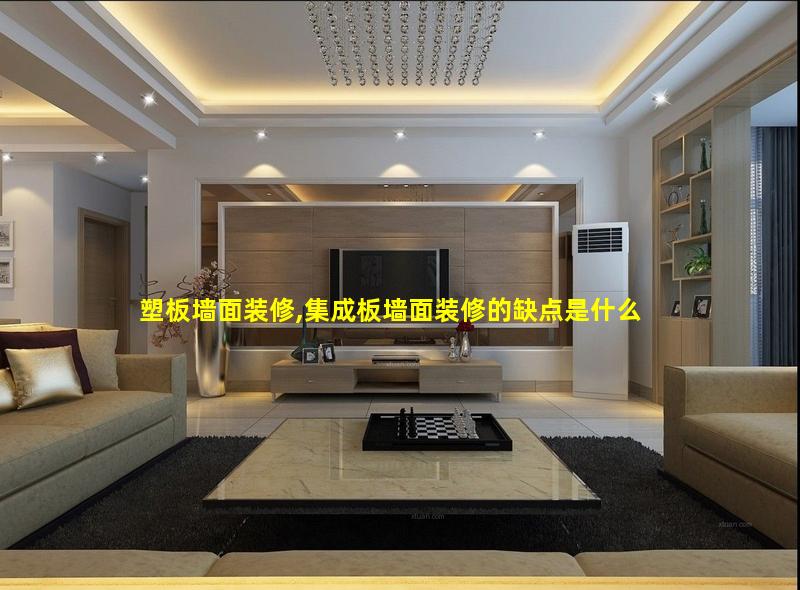
成本较高:集成板比传统墙面材料(例如涂料或壁纸)更贵。
耐用性较差:集成板容易划伤、凹陷和变形。
耐火性差:集成板不是阻燃材料,火灾时容易燃烧。
透气性差:集成板无法透气,导致室内空气中湿度过高,从而滋生霉菌和细菌。
有限的定制选项:集成板通常只有固定的颜色和图案,定制范围有限。
安装复杂:集成板的安装需要专业工具和技术,自行安装可能很困难。
难于维修:如果集成板损坏,很难修复或更换,可能需要更换整个墙面。
外观有限:集成板的外观可能过于单调或不符合某些设计风格。
环境问题:一些集成板材料,如聚氯乙烯(PVC),对环境有害。
虫害侵扰:集成板中的空隙和接缝可能会吸引害虫,如蟑螂或老鼠。
3、晶体板墙面装修效果图
[晶体板墙面装修效果图 晶晶亮]()
[晶体板墙面效果图片]( 晶体板墙面)
[晶体板背景墙效果图]()
[晶彩墙板效果图]()
4、集成板墙面装修效果图
[Image of Integrated Wall Panel Decoration Effect]
What is Integrated Wall Panel Decoration?
Integrated wall panels are large, prefabricated wall panels that are installed quickly and easily, creating a seamless, finished look. They are made of a variety of materials, including PVC, wood, and metal, and can be textured, patterned, or painted to match any décor.
Benefits of Integrated Wall Panel Decoration:
Quick and easy to install: Integrated wall panels are designed to be installed quickly and easily, saving you time and money.
Seamless finish: Integrated wall panels create a seamless finish, eliminating the need for paint or wallpaper.
Durable and longlasting: Integrated wall panels are made of durable materials that are resistant to moisture, stains, and scratches.
Versatile: Integrated wall panels can be used in a variety of applications, including residential, commercial, and industrial.
Costeffective: Integrated wall panels are a costeffective alternative to traditional wall finishes, such as paint or wallpaper.
Applications of Integrated Wall Panel Decoration:
Residential: Integrated wall panels can be used in any room of the house, including the living room, bedroom, bathroom, and kitchen.
Commercial: Integrated wall panels are ideal for use in commercial spaces, such as offices, retail stores, and restaurants.
Industrial: Integrated wall panels can be used in industrial settings, such as factories and warehouses.
How to Choose Integrated Wall Panels:
When choosing integrated wall panels, consider the following factors:
Material: Integrated wall panels are made of a variety of materials, including PVC, wood, and metal. Choose a material that is durable and appropriate for the application.

Texture and pattern: Integrated wall panels can be textured, patterned, or painted to match any décor. Choose a texture and pattern that complements the style of the room.
Color: Integrated wall panels are available in a variety of colors. Choose a color that matches the existing décor or creates a new look.
Cost: Integrated wall panels vary in price depending on the material, texture, and pattern. Set a budget before you start shopping.
Installation of Integrated Wall Panels:
Integrated wall panels are relatively easy to install. However, it is important to follow the manufacturer's instructions carefully. Here are the general steps for installing integrated wall panels:
1. Prepare the wall surface: Remove any existing wall coverings and make sure the wall is clean and dry.
2. Install the wall panels: Start by installing the bottom row of wall panels. Use a level to make sure the panels are straight.
3. Secure the wall panels: Use screws or nails to secure the wall panels to the wall.
4. Finish the installation: Once all the wall panels are installed, you can finish the installation by adding trim or molding.
